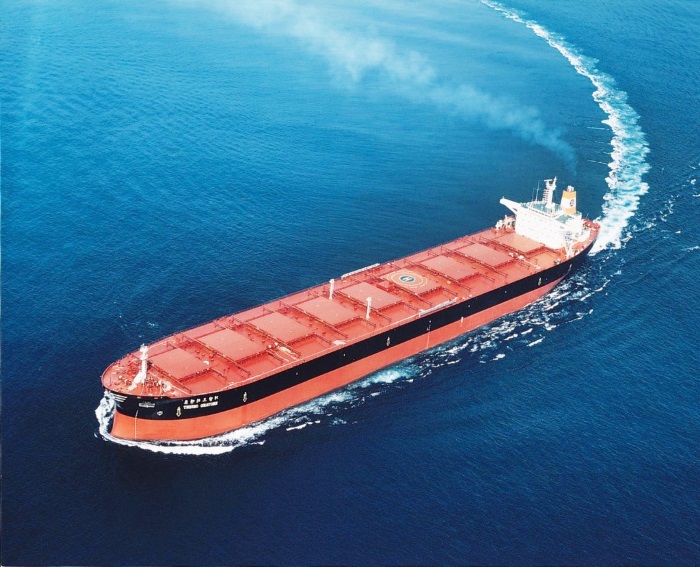LSEG (London Stock Exchange Group) and Siglar Carbon, a maritime emissions analytics company, have announced an agreement to enable customers to evaluate the different carbon options for cargo programmes via Workspace.
The agreement will combine Siglar’s emissions insights with LSEG’s industry-leading European carbon markets and industry emissions analytics to help charterers, traders, brokers and ship owners understand, predict and improve the carbon consequence of commercial shipping decisions and control the related carbon cost exposure. The data will allow them to instantly locate the most carbon efficient alternative.
From January 2024 shipping will be included in the EU Emissions Trading System (ETS). As part of this, shipping owners, charterers and traders will need to mitigate potential additional shipping costs by seeking more carbon-efficient fleets. According to analysis from LSEG and Siglar Carbon, choosing carbon-efficient ships and route planning could drive down potential carbon emission costs for traders and charterers by as much as 50%.
Fabrice Maille, Head of Shipping & Agriculture at LSEG, comments:
“When trading physical commodities, it is vital to have the right data and insights when evaluating the different options for cargo programmes to cut emissions. For traders and charterers, this could halve carbon emissions costs.
“There are already ongoing efforts to decarbonise focusing on aspects such fuels but given how quickly the ETS will come into force, planning carbon-efficient voyages is low hanging fruit logistically.”
Sigmund Kyvik, Siglar Carbon CEO, comments:
“Our carbon solutions already play a pivotal role in driving decarbonisation in the shipping industry. Through LSEG, we can capitalise on its unique position and scale of its Workspace platform to bring our insights to a wider audience.”
According to the Siglar Carbon index, a ship carrying gasoline between Europe and the USA via the TC2 route – one of the most commonly traded tanker routes – would emit approx. 1,800 tonnes of CO2 on the round voyage. The most efficient alternative would emit approx. 1,200 tonnes and the related EU ETS cost would be approx. 25,000 USD. The least efficient choice would emit 2,500 tonnes with a EU ETS cost of 50 000 USD. In 2026, once the EU ETS is fully phased in the same cost would add up to approx. 63,000 and 125,000 USD respectively.
For ship owners, Siglar analysis show that a charterer or owner who is active in the European short sea market with 20 ships could generate approximately 100,000 tonnes of CO2 eligible emissions a year. At a carbon cost of USD 100 per EUA, this would mean an added cost of USD 10 million per year once the EU ETS is fully phased-in. Charterers and owners engaged in larger vessels could easily generate ETS eligible emissions close to 500,000 tonnes of CO2 per year with an annual carbon cost of 50 million USD.
Source: Hellenic Shipping News





